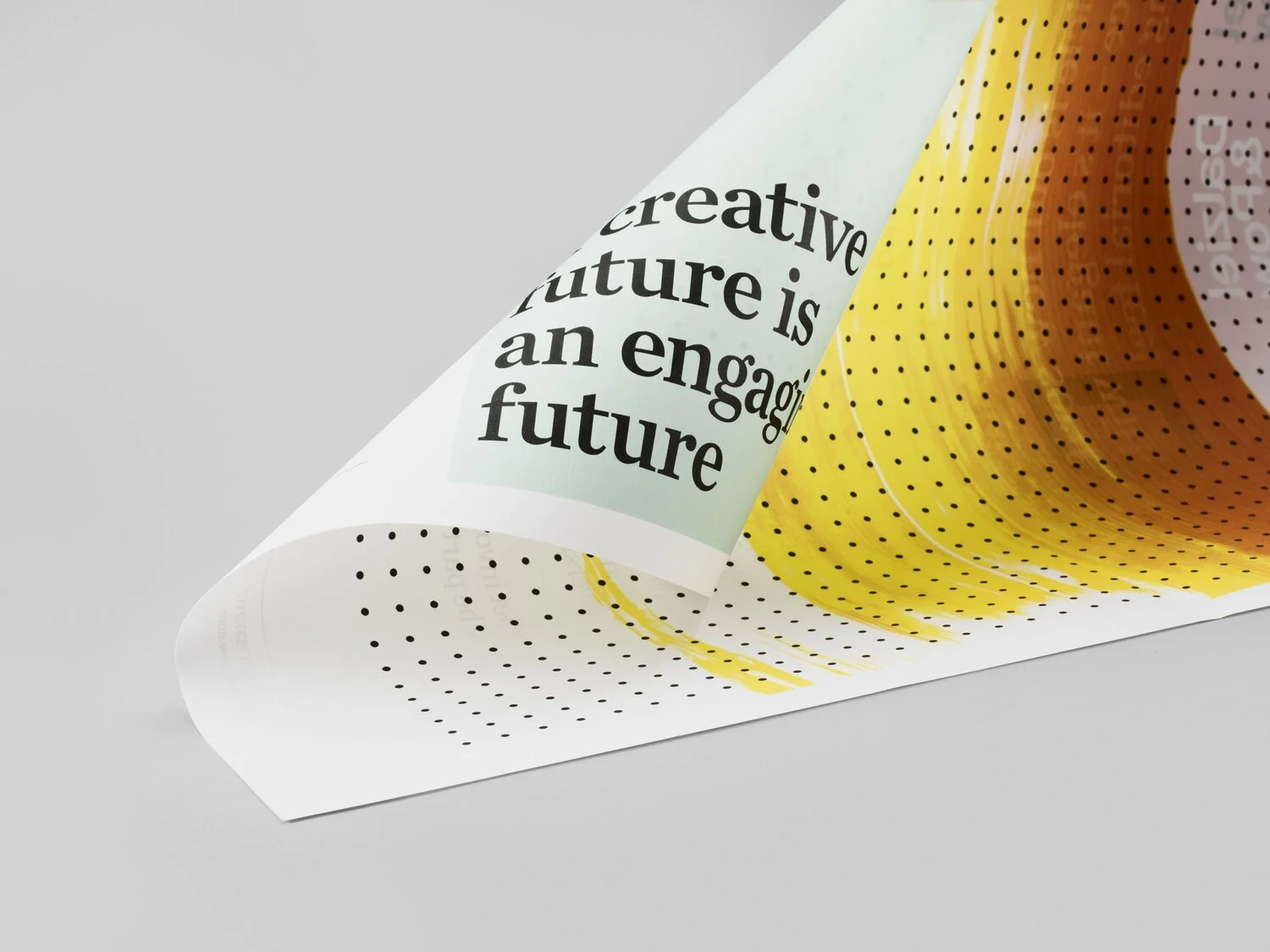P R O L E A R N
Brand Identity refers to the unique characteristics that influence a brand's perceived personality, appearance, and behaviour. It encompasses tangible and intangible elements, including a brand's history, name, personality, and visual identity.
Cost Efficiencies
Increased Recognition: A strong brand identity can lead to increased brand recognition, potentially reducing marketing costs by up to 20%.
Customer Loyalty: Brands with strong identities often enjoy higher customer loyalty, reducing customer acquisition costs by up to 30%.
Premium Pricing: A well-established brand identity can command premium pricing, potentially increasing profit margins by 15-20%.
Sustainability Benefits
Resource Optimisation: A clear brand identity can guide more efficient use of resources in marketing and product development.
Longevity: Strong brand identities tend to have longer lifespans, reducing the need for frequent rebranding and associated waste.
Value Alignment: Brand identity can effectively communicate a company's sustainability values, attracting environmentally conscious consumers.
Innovative Applications
Circular Branding: Brands like Patagonia incorporate circular economy principles into their identity, promoting repair and reuse of products.
Biophilic Design: Some brands are incorporating nature-inspired elements in their visual identity to align with sustainability goals.
Digital Integration: Brands are creating cohesive identities across digital platforms, reducing the need for physical marketing materials.
Challenges and Considerations
Consistency: Maintaining a consistent brand identity across all touchpoints can be challenging, especially for large organisations.
Evolution: Brands must evolve their identity over time without losing core recognition.
Authenticity: In an era of increased transparency, brand identities must authentically reflect a company's values and practices.
Future Outlook
As sustainability becomes increasingly important, brand identities will likely evolve to more prominently feature circular and regenerative design principles. We may see more brands adopting flexible, adaptive identities that can evolve with changing environmental priorities.
Call to Action:
Evaluate your current brand identity to identify opportunities for incorporating circular and regenerative design principles. Consider how your brand identity can more effectively communicate your sustainability commitments and inspire positive environmental action among your audience.








